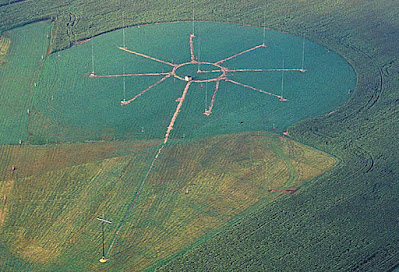In radiosport, the new year opens with ARRL RTTY Roundup (RU) and several NAQP QSO parties.
In Toastmasters, January brings us the club-level competition phase of the International Speech and Evaluation contests; club winners will compete in their area-level contests in February, the Division-level GiGs in March and the District competition events ending the month of April.
While Toastmasters contests are markedly different from radiosport GiGs,
operationally, they have much in common:
- Competition events have "strict" timing requirements.
- In Toastmasters there is a speaking area, outside of which the speaker cannot go.
In radiosport, all equipment and antennas must be within a specified geographical operating area; typically 1,000 feet across. - Speech contests have judges and a chief judge.
- Radiosport contests have LCR's - "Log Checking Robots" (i.e., contest adjudication software) and a contest committee to oversee and analyze the results.
- There is a significant difference between radiosport and Speech Contests.
In Toastmasters Speech Contests, the winners are known before the event concludes.
In radiosport, it can be days, weeks and even months before the top-winners can be determined by the LCR's and finally adjudicated and published by the contest support community.
In radiosport how accurately we deliver the exchange is a big part of our success.
"Content" is what we send when we press a particular contest logger function key.
Poorly devised (or lengthy) CQ messages will confuse/bore potential calling stations.
Whether voice or Cw how fast (or slow) you deliver the exchange information may be the
determining factor as to whether the station on the other end (as well as stations listening in)
are able to copy the information successfully the first time.
In Dx contests, stations with limited English -speaking skills should REHEARSE saying the
callsign and exchange information, having amateurs fluent in English critique their speaking delivery.
In Toastmasters, speech evaluators and Ah/Um counters accomplish the same goal.
Frequently an evaluator has said something or pointed out something that enabled me to upgrade
the speech content and/or delivery enroute to a contest-winning finale. In preparation for upcoming speech contests, I rehearse speeches in my office and deliver the latest rendition to the Tuesday meeting of the Alameda Tongue Twisters - my home club.
train my listening skills for epic events train my listening skills for epic events like the November Sweepstakes and the 48-hour monster GiGs like the CQ and ARRL Dx contests and the WPX
(Weird Prefix) contest. Computer software like contest pileup trainers help keep us in practice between relevant contest weekends.
Because my work involves neurotherapy, using custom-developed neurofeedback exercise
protocols, I can work the brain, enabling me to attain deeper states of focus and increased mental stamina. This is extremely useful in Cw contests as I've discovered an innate ability of the parietal lobes of the brain to replay recently-heard Morse code snippets rather than struggle to "remember" what was just sent. As it turns out, Biofeedback and Neurofeedback can also be leveraged to bring about improved speaking presentation skills.
more things they have in common include:
- We are encouraged to give the best performance we can at any given moment
in the competition. - There is no such thing as perfection. We can always do things differently/better.
- Altho we are rated from 1st-place to nth place when it is all said and done,
the only one we are really competing with is ourselves.
You've heard me say: "When in Doubt CHEAT! (But within the Rules).
If you've forgotten what I mean by this Click [HERE] to read my blog comments about that.
Are you a Toastmaster or Radio Amateur (or BOTH)?
Do You enjoy healthy competitions?
- If NoT, WHY Knot?
- If so, how did it turn out?





















.Jpg)

.Jpg)

.jPG)
.Png)



.Jpg)